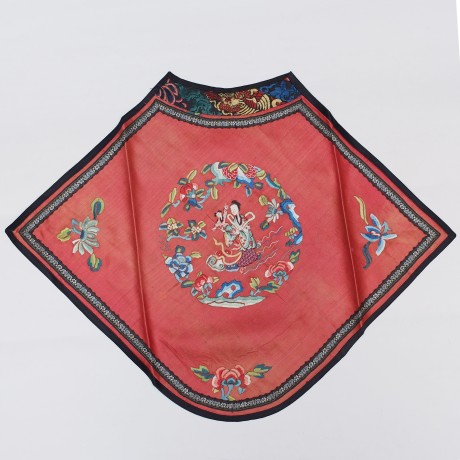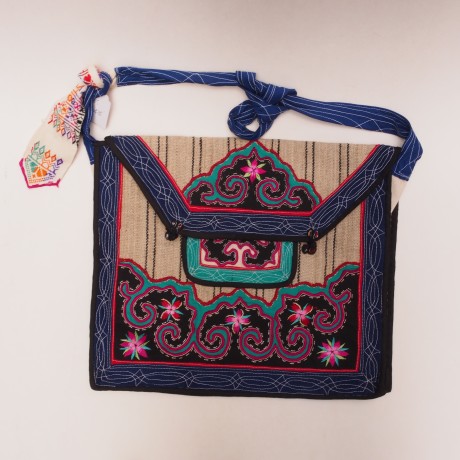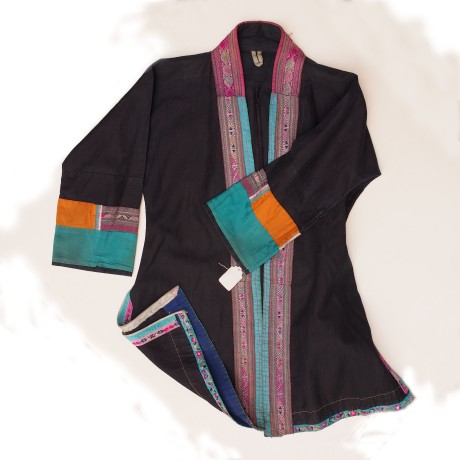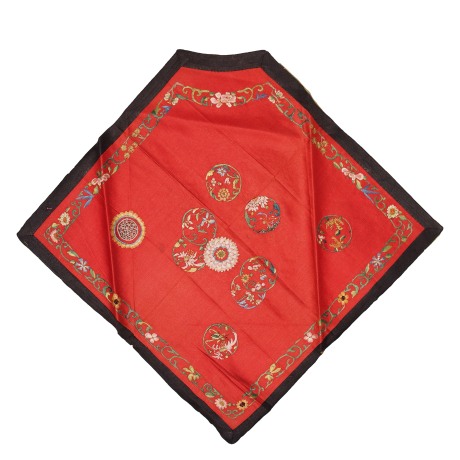
BORO
The Fabric of Life
The word boro means ‘patched together’ and here refers to the indigo-dyed patched-together garments of the Japanese rural population. Expensive cotton fabrics were reserved to the upper classes. As worn-out rags, they found their way cheaply into the hands of the peasants, who patched them together to create impressive garments of great aesthetic charm.
In their minimalist beauty, these recycled textiles stand not only for artistic creativity and the positive affirmation of the transitory nature of all existence, but also for respect for the natural material and the work of the hands.
The precursors of the boro textiles were the kesa, the garments worn by Buddhist monks, which were also patched together as the outward expression of the Buddhist ideal of poverty. Outstanding monks’ garments from the museum’s own collection have been incorporated into the boro exhibition.
By chance, I got to own a piece of boro, a futonji which became a wall hanging at home. Would have love to go to see this exhibition. If you are near Cologne please go to see the exhibition!
28 March to 2 August 2015
Museum für Ostasiatische Kunst Köln











